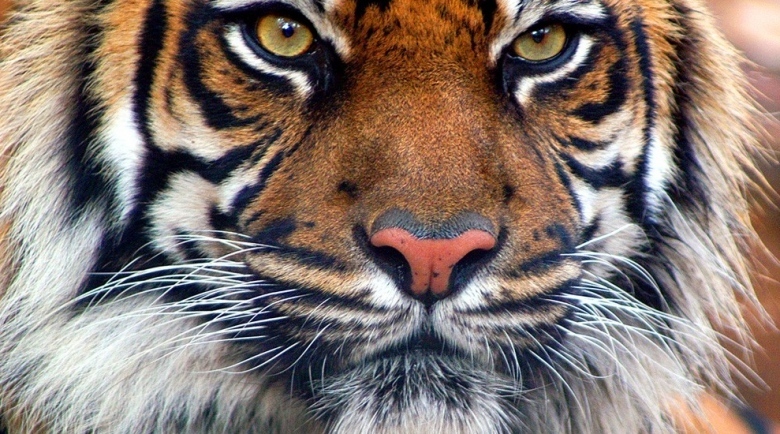
A stark depiction of the threat hanging over the world’s mammals, reptiles, amphibians and other life forms has been published by the prestigious scientific journal, Nature. A special analysis carried out by the journal indicates that a staggering 41% of all amphibians on the planet now face extinction while 26% of mammal species and 13% of birds are similarly threatened.
Many species are already critically endangered and close to extinction, including the Sumatran elephant, Amur leopard and mountain gorilla. But also in danger of vanishing from the wild, it now appears, are animals that are currently rated as merely being endangered: bonobos, bluefin tuna and loggerhead turtles, for example.
In each case, the finger of blame points directly at human activities. The continuing spread of agriculture is destroying millions of hectares of wild habitats every year, leaving animals without homes, while the introduction of invasive species, often helped by humans, is also devastating native populations. At the same time, pollution and overfishing are destroying marine ecosystems.
“Habitat destruction, pollution or overfishing either kills off wild creatures and plants or leaves them badly weakened,” said Derek Tittensor, a marine ecologist at the World Conservation Monitoring Centre in Cambridge. “The trouble is that in coming decades, the additional threat of worsening climate change will become more and more pronounced and could then kill off these survivors.”
The problem, according to Nature, is exacerbated because of the huge gaps in scientists’ knowledge about the planet’s biodiversity. Estimates of the total number of species of animals, plants and fungi alive vary from 2 million to 50 million. In addition, estimates of current rates of species disappearances vary from 500 to 36,000 a year. “That is the real problem we face,” added Tittensor. “The scale of uncertainty is huge.”
